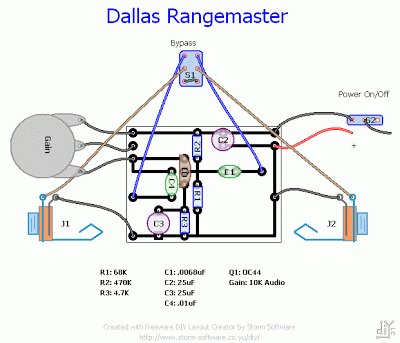Free PCB Design CAD Software

The ExpressPCB CAD software is very easy to learn and use. For the first time, designing circuit boards is simple for the beginner and efficient for the professional. Best of all, its FREE. Our electronics design software includes two applications, one for drawing schematics, the other for PCB layout. ExpressPCB ExpressSCH Both programs are completely free, fully functional and easily installed with a single InstallShield setup program. They run under Microsoft Windows NT, 2000, XP, Vista, Windows 7, 8.1 and Windows 10. Learning to use our software is fast because of its standardized Windows user interface. After spending the few minutes to learn one, the other takes almost no time because it works the same way. (Should you choose not to keep our software on your system, simply uninstall it using Add or Remove Programs found in your computer’s Control Panel.) Download ExpressPCB 7.3.4



























